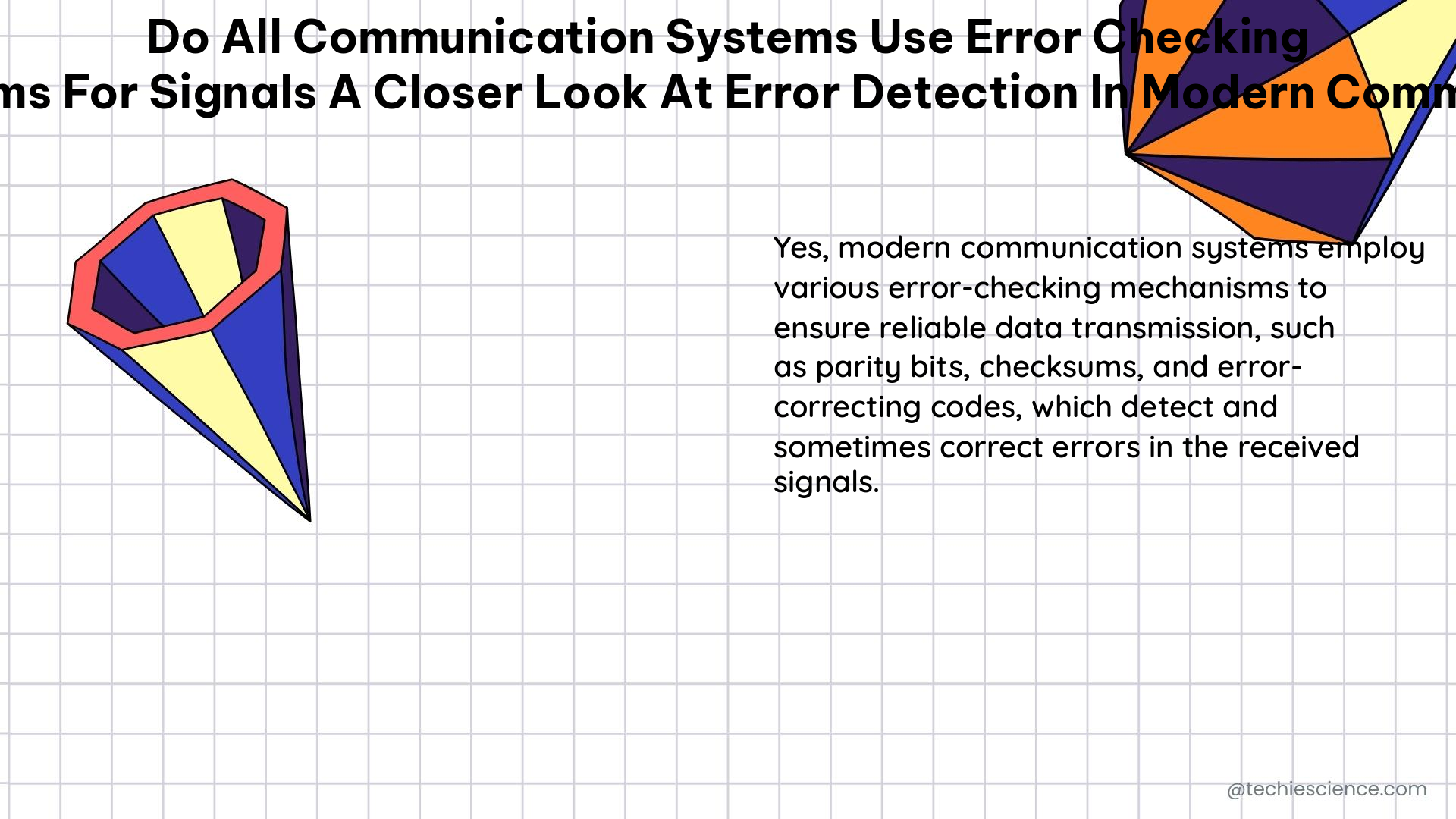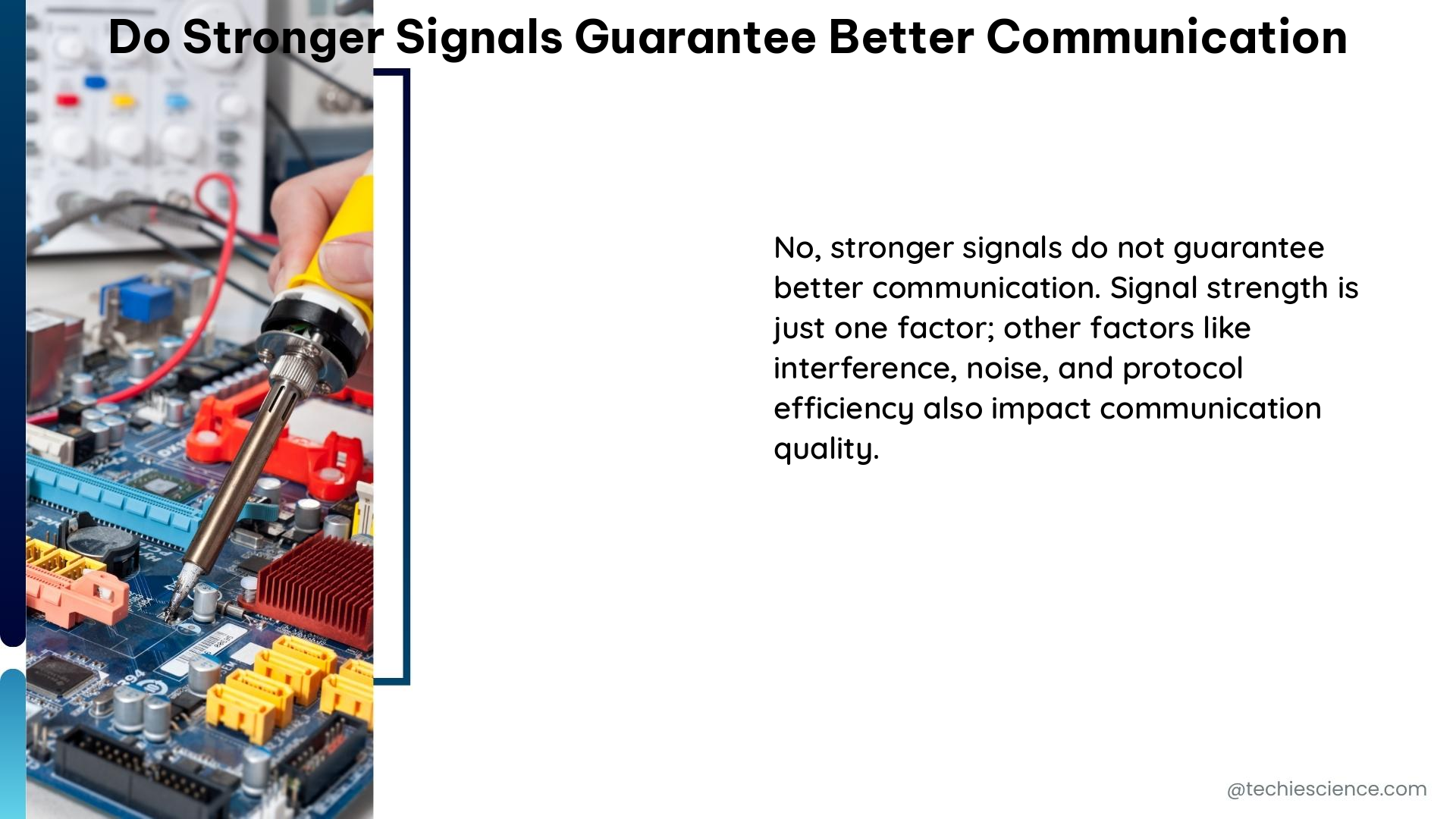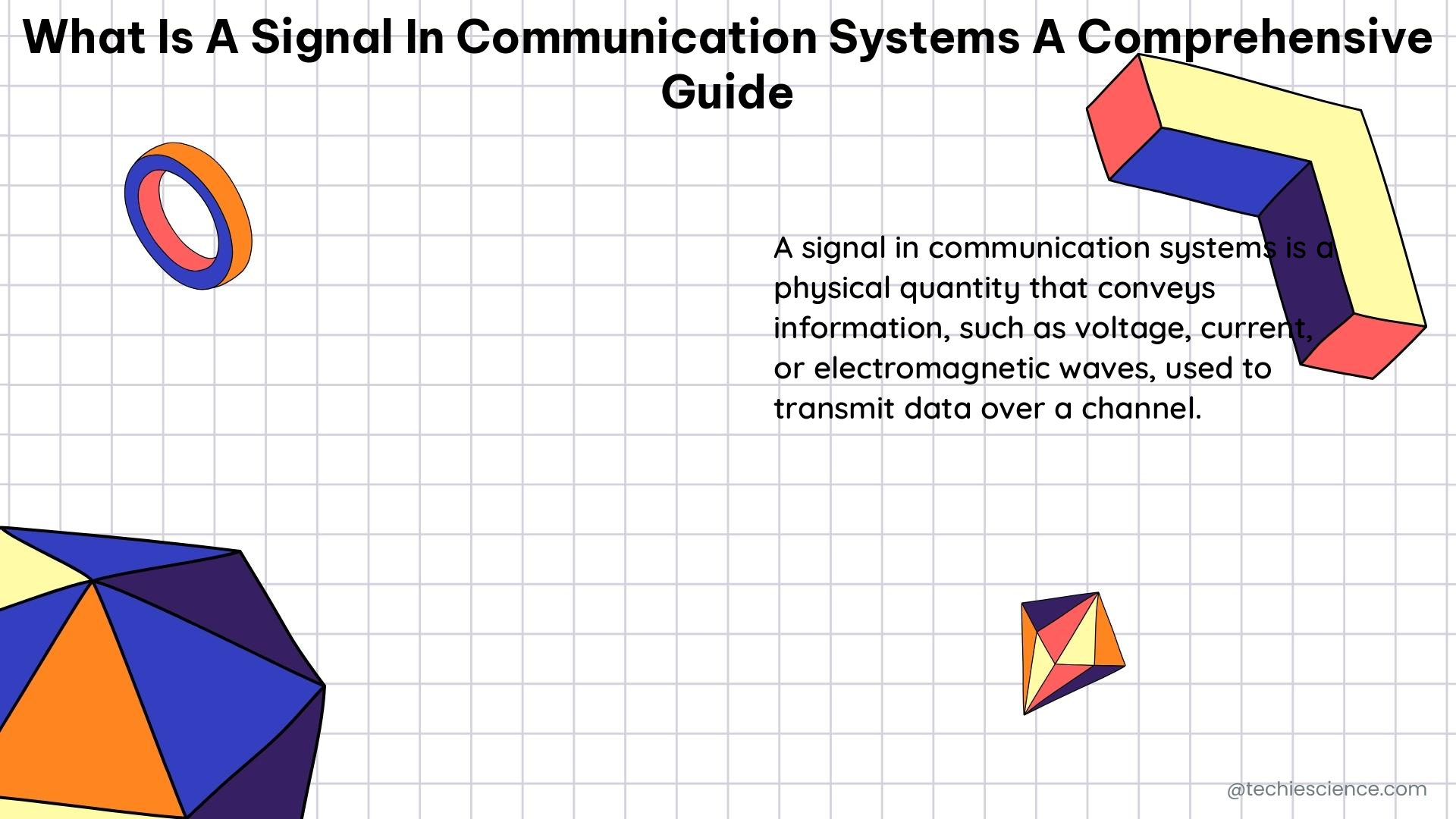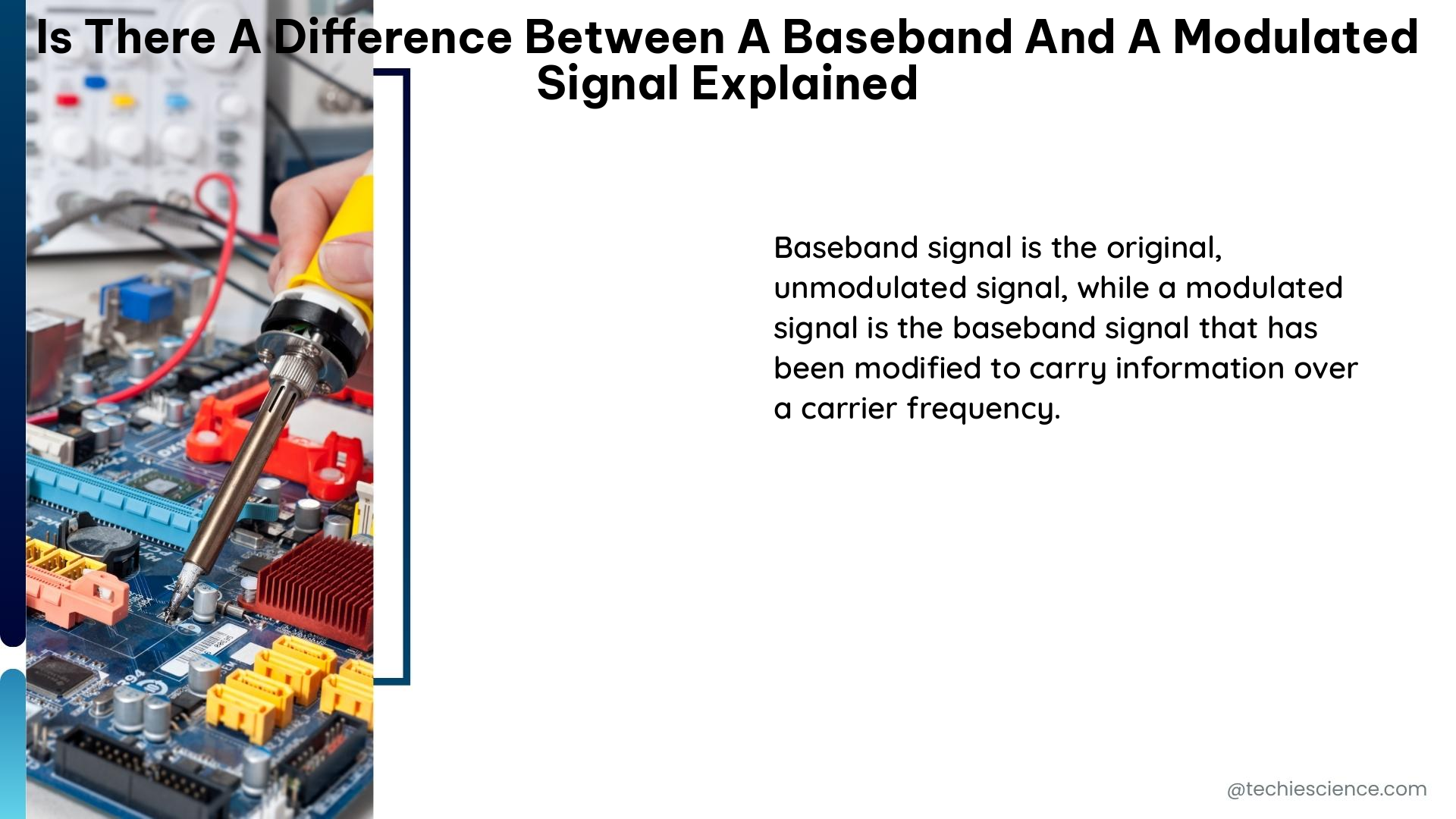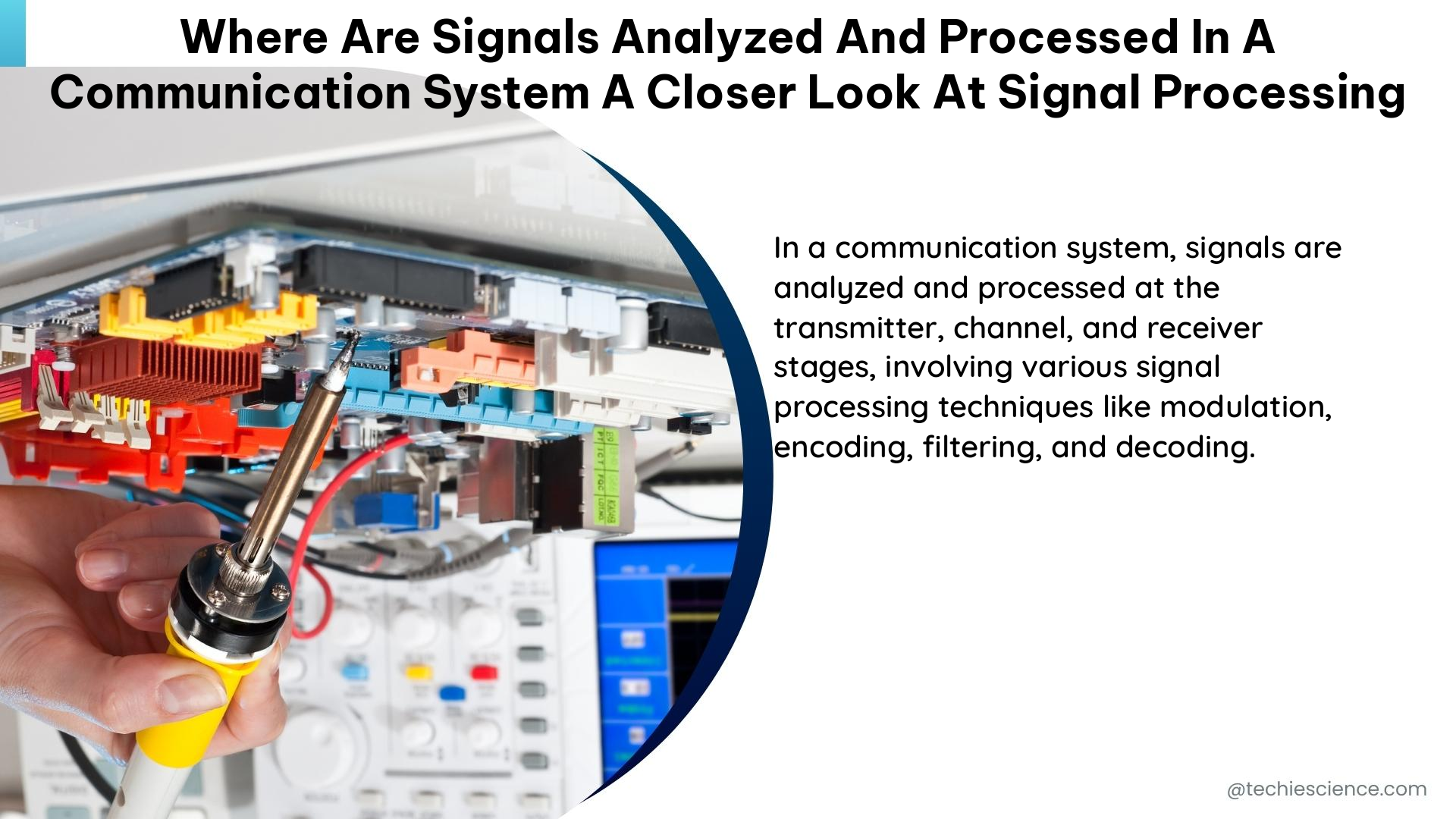Line voltage drop is a critical concept in electronics, as it refers to the decrease in voltage as electrical current travels through a conductor due to the resistance of the conductor. This voltage drop can have significant implications on the efficiency, energy consumption, and overall performance of electrical equipment. In this comprehensive guide, we will delve into the various methods and techniques for measuring and analyzing line voltage drop, as well as explore the impact of voltage drop on electrical systems.
Understanding the Fundamentals of Line Voltage Drop
Line voltage drop is a phenomenon that occurs when electrical current flows through a conductor, such as a wire or cable. As the current flows, it encounters resistance within the conductor, which causes a decrease in the voltage level. This voltage drop can be calculated using the formula:
V = I × R
Where:
– V is the voltage drop (in volts)
– I is the current flowing through the conductor (in amperes)
– R is the resistance of the conductor (in ohms)
The resistance of the conductor is determined by its material, cross-sectional area, and length. Longer conductors with smaller cross-sectional areas will typically have higher resistance, leading to greater voltage drop.
Measuring Line Voltage Drop
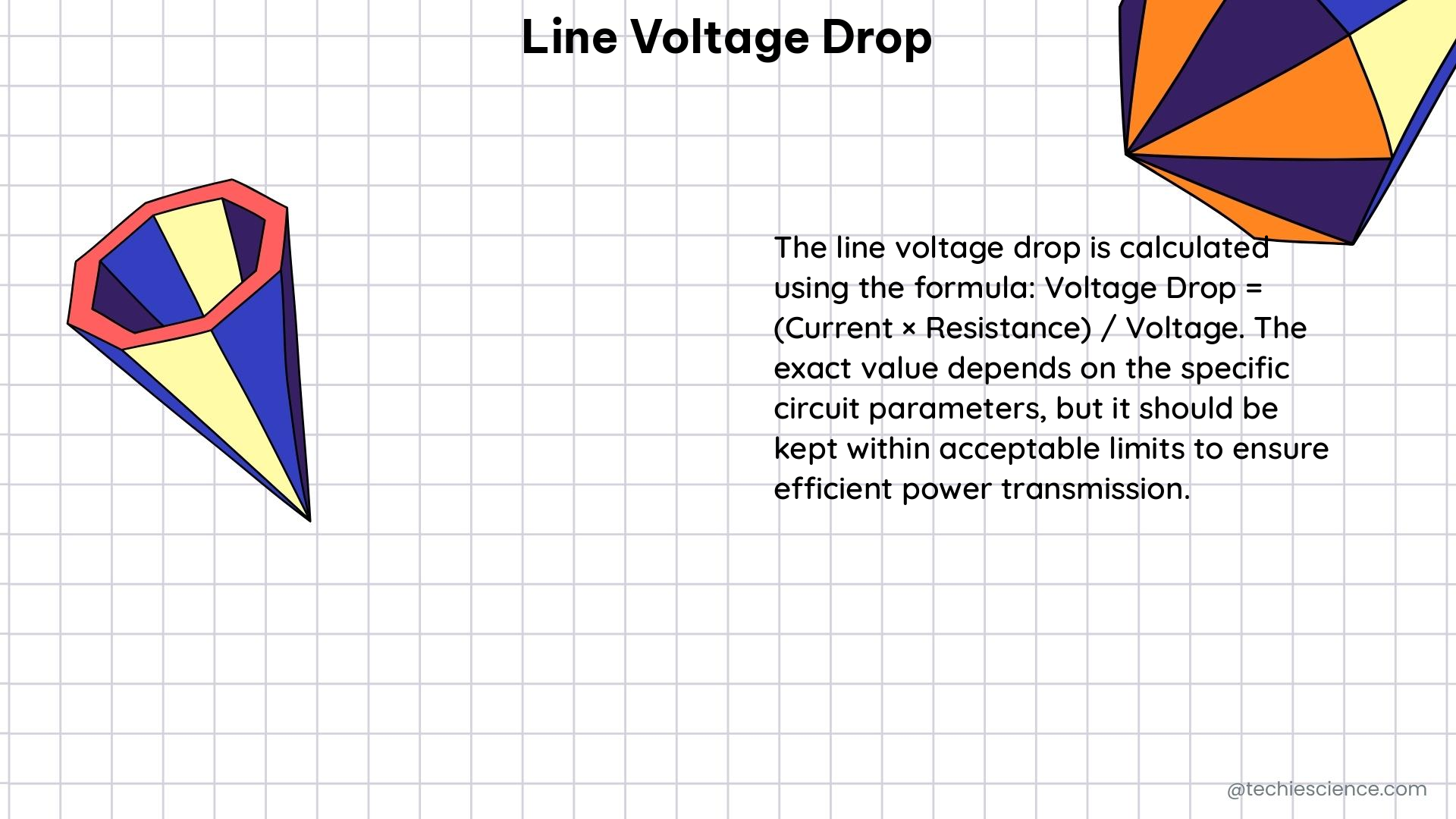
There are several methods for measuring line voltage drop, each with its own advantages and considerations. Let’s explore the most common techniques:
Using a Digital Multimeter
One of the most straightforward methods for measuring line voltage drop is to use a digital multimeter (DMM). Here’s how to do it:
- Set the DMM to the appropriate voltage range, typically the 200V or 600V AC/DC setting.
- Connect the positive (red) probe of the DMM to the point in the circuit where you want to measure the voltage.
- Connect the negative (black) probe of the DMM to the point in the circuit where you want to measure the reference voltage.
- Read the voltage difference displayed on the DMM, which represents the voltage drop.
To calculate the voltage drop, you can use the formula:
Voltage Drop = Voltage at Reference Point - Voltage at Measurement Point
This method is useful for quickly identifying voltage drop at specific points in a circuit, but it doesn’t provide information about the overall voltage drop along the entire length of the conductor.
Applying Kirchhoff’s Voltage Law (KVL)
Another method for measuring line voltage drop is to use Kirchhoff’s Voltage Law (KVL), which states that the sum of the voltage drops around any closed loop in a circuit is zero. By applying KVL to a circuit with a known voltage source and resistance, you can calculate the voltage drop across a particular component or conductor.
The steps to apply KVL for measuring line voltage drop are as follows:
- Identify the closed loop in the circuit that includes the conductor you want to measure.
- Determine the voltage source and the resistance of the conductor.
- Apply KVL to the closed loop, setting the sum of the voltage drops equal to the voltage source.
- Solve for the voltage drop across the conductor.
This method provides a more comprehensive understanding of the voltage drop throughout the entire circuit, but it requires a deeper understanding of circuit analysis and the application of KVL.
Using a Voltage Drop Tester
Another tool for measuring line voltage drop is a dedicated voltage drop tester. These devices are designed specifically for this purpose and often include features like built-in current measurement, resistance calculation, and voltage drop display.
To use a voltage drop tester:
- Connect the tester’s probes to the points in the circuit where you want to measure the voltage drop.
- The tester will display the voltage drop directly, eliminating the need for manual calculations.
Voltage drop testers can be particularly useful for quickly identifying and troubleshooting voltage drop issues in electrical systems, as they provide a direct and easy-to-interpret measurement.
Factors Affecting Line Voltage Drop
Several factors can influence the amount of line voltage drop in an electrical system. Understanding these factors can help engineers and technicians design more efficient and reliable systems. Some of the key factors include:
-
Conductor Material and Cross-Sectional Area: The resistance of a conductor is inversely proportional to its cross-sectional area and directly proportional to its length. Conductors with larger cross-sectional areas and shorter lengths will have lower resistance and, consequently, lower voltage drop.
-
Current Flow: As the current flowing through a conductor increases, the voltage drop across that conductor also increases, as per the formula
V = I × R. -
Ambient Temperature: The resistance of a conductor can vary with temperature, with higher temperatures generally resulting in increased resistance and, therefore, greater voltage drop.
-
Conductor Length: Longer conductors will have higher resistance and, consequently, greater voltage drop compared to shorter conductors with the same cross-sectional area and material.
-
Conductor Condition: Factors such as corrosion, damage, or poor connections can increase the resistance of a conductor, leading to higher voltage drop.
Industry Standards and Guidelines for Voltage Drop
To ensure the safe and efficient operation of electrical equipment, various industry standards and guidelines have been established for acceptable voltage drop levels. These standards vary depending on the application and the voltage level of the system.
For example, in a 115VAC system, the maximum allowable voltage drop for continuous operations is typically 4V, while for intermittent operations, it is 8V. These values are based on industry standards and ensure that electrical equipment functions properly and safely.
It’s important for engineers and technicians to be aware of the relevant standards and guidelines for their specific applications to ensure that the voltage drop in their electrical systems remains within the acceptable limits.
Advanced Techniques for Voltage Drop Measurement and Analysis
In addition to the basic methods discussed earlier, there are more advanced techniques and tools that can be used to measure and analyze line voltage drop:
Real-Time Voltage Drop Monitoring
Using a digital oscilloscope or a specialized voltage drop monitoring device, you can measure and record the voltage drop in a circuit in real-time. This can provide valuable insights into the dynamic behavior of the voltage drop, allowing you to identify and address issues more effectively.
Voltage Derating
Voltage derating is a technique where the voltage applied to a circuit is intentionally reduced to account for the expected voltage drop. This helps ensure that the voltage delivered to the load remains within the acceptable range, even with variations in current flow and conductor resistance.
Simulation and Modeling
Advanced software tools and simulation techniques can be used to model and analyze the voltage drop in complex electrical systems. By simulating the behavior of the system, engineers can identify potential problem areas and optimize the design to minimize voltage drop.
Conclusion
Line voltage drop is a critical concept in electronics that can have significant implications on the efficiency, energy consumption, and overall performance of electrical equipment. By understanding the fundamentals of voltage drop, mastering the various measurement techniques, and considering the factors that influence it, engineers and technicians can design more reliable and efficient electrical systems.
This comprehensive guide has provided you with the necessary knowledge and tools to effectively measure, analyze, and manage line voltage drop in your electrical projects. Remember to always refer to the relevant industry standards and guidelines, and consider the use of advanced techniques and tools to optimize the performance of your electrical systems.
References:
- Measuring Voltage Drop – Fundamentals of Electricity. (n.d.). Retrieved from https://c03.apogee.net/mvc/home/hes/land/el?id=4580&spc=foe&utilityname=citizenselectric
- How to use a Multimeter, Part 5: Measuring voltage drop – Hagerty. (2017, July 11). Retrieved from https://www.hagerty.com/media/maintenance-and-tech/measuring-voltage-drop/
- Determining Voltage Drop | Lectromec. (2019, October 11). Retrieved from https://lectromec.com/determining-voltage-drop/
- Voltage Drop | Definition, Formula & Examples – Lesson – Study.com. (n.d.). Retrieved from https://study.com/academy/lesson/voltage-drop-definition-calculation.html
- IEEE Std 141-1993 – IEEE Recommended Practice for Electric Power Distribution for Industrial Plants. (1994). IEEE.
- NFPA 70 – National Electrical Code. (2020). National Fire Protection Association.
